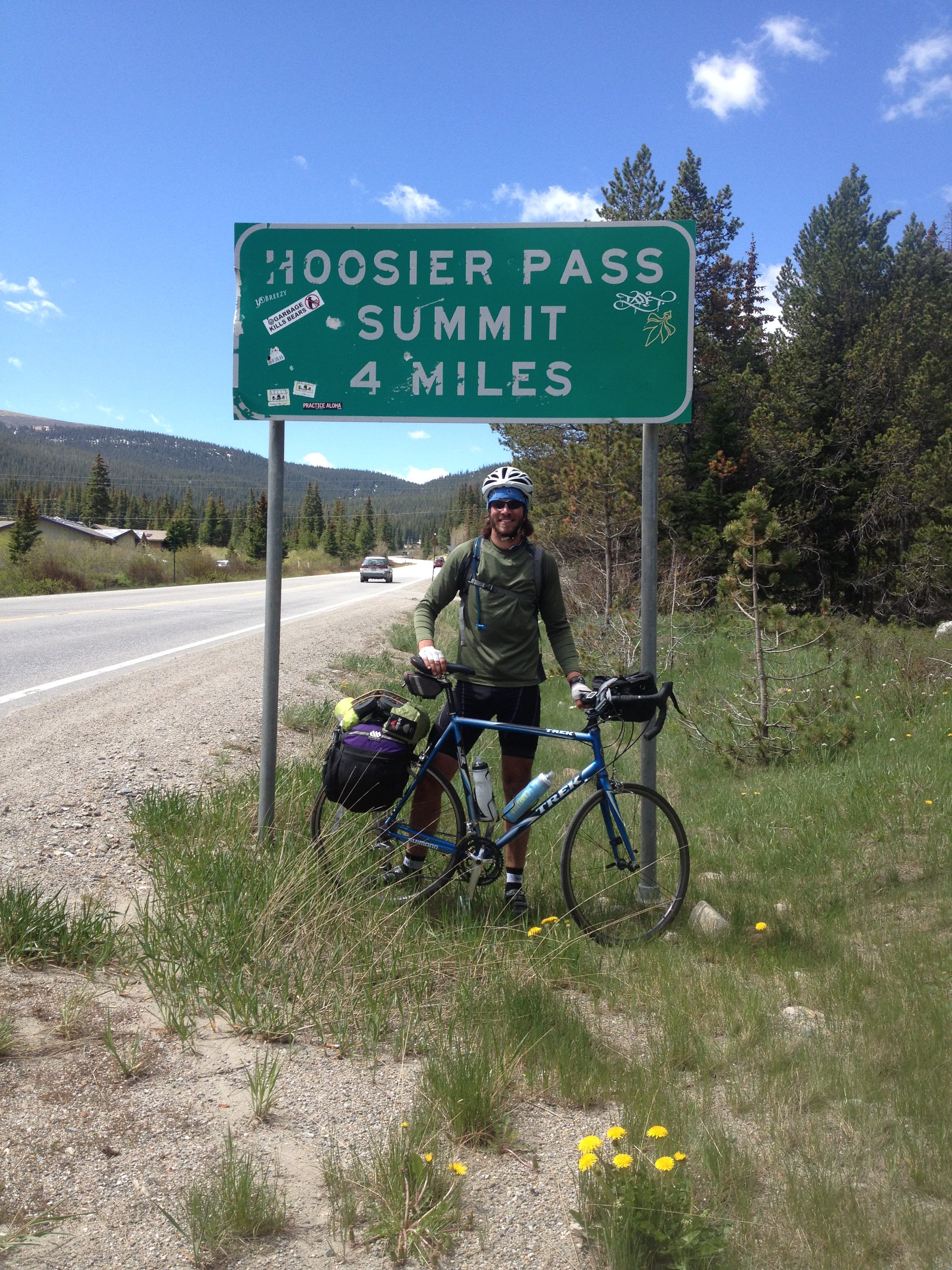Impulsive Adventurer: Cycling Across the Country
I’ve always considered myself somewhat of an “impulsive adventurer”.
For better or worse, I like to pick a general direction, start heading that way, and make my decisions as they come to me and not before. It was due to this sort of mentality that, in the summer of 2013, I decided I was going to bike across the country. Bike, as in bicycle. I had previously done a similar, yet smaller cycling trip around Colorado (that I was completely unprepared before). I was also a long time runner. I had assumed that my physical training up to this point would put me in a good position for this trip.
As it turned out, I was completely unprepared again.
The Journey Begins

So, with confidence bordering on arrogance, I packed my bike with a tent, sleeping bag, change of clothes, and toothbrush and headed off to the Oregon coast. My planned route would take me from Oregon to North Carolina, Pacific to Atlantic doing the majority of a coast to coast cycling route called the Trans-American.
I’ll just go ahead and preface the rest of this story by saying I made it. I did it. It happened. I biked and camped my way across the country.
- Averaged 70-80 miles per day
- Worst day was less than 40 miles, best was over 100 miles
- Before the trip I weighed 230 lbs mostly lean body mass, by the end of the first week I was below 200 lbs.
- It took 58 days including some days of rest to go the 3600+ miles.
Remember when I talked about my lack of preparation and my abundance of arrogance? Well, it turns out that most of the people that cycle this particular trip get in shape by ramping up their cycling pre-trip, to something like 200-300 miles a week. I thought, however, “I’m young, I’m in good shape, I run 40 miles a week, I’m sure it’ll carry over.”
Besides, I figured I had 3600 miles to get in shape on the way.
Poor Planning Bites Back
Hard-headed fool was one of the most common names I called myself those first 2 weeks. Other than not being in the right shape, I soon developed two physical issues that would plague me for the remainder of the trip.
It started when I realized that I was having difficulty tightening the knob on my helmet. I thought it just kept getting stuck but nope, the little girl at the rest stop could turn the knob.
As it turned out, I had been compressing the ulnar (pinky side) nerve in my wrist.
Strangely, this only affects the strength of the hands but not the sensation. This meant I had a lot of trouble with pinching, holding a pen, and operating zippers. Thankfully, not many bicycle garments come with zippers.
I gotta tell you, besides the loss of sensation in my wrist, the back of my neck was killing me. It had gotten so bad that by the time I was in Idaho I could only ride for about 20 minutes before I needed a break. You can imagine my surprise when I discovered that the source of these issues was the same thing.

A Few Centimeters, A World of Difference
I had been riding too low, in a racing posture, because of course, I wanted to go fast. The issue was resolved with a quick visit to a local bike store where they raised my handles just slightly. That little bit of elevation gave me almost immediate relief in my neck. In just a few weeks I could tighten my own helmet like a big boy!
Sometimes, a few centimeters over a long period is all it takes to knock us out of alignment. If you are getting into cycling, or want to ensure you are taking care of your body while you continue to push yourself in cycling, here are some helpful tips to keep you fit and moving properly:
- Saddle Height – When pedaling in a seated position, your knee should have a slight, 10 degrees bend at the bottom of the pedal stroke
- Saddle fore/aft – When your crank (pedal) is completely horizontal you should be able to drop a string from your kneecap and just touch the front of the crank arm.
- Stem length – An easy way to check is when you are seated on your bike with your elbows slightly bent and hands on the brakes, look down at your front bike hub. If your stem height is correct it should be obscured by the handlebar.
- Stem Height – Should be about 1 inch below the top of your saddle. (this can change depending on what type of riding you are doing.)

Join me next time if you’d like to hear more about my adventures in biking, running, hiking, and hurting myself throughout! I am also hosting a free New Runners Workshop. Sign up now!
